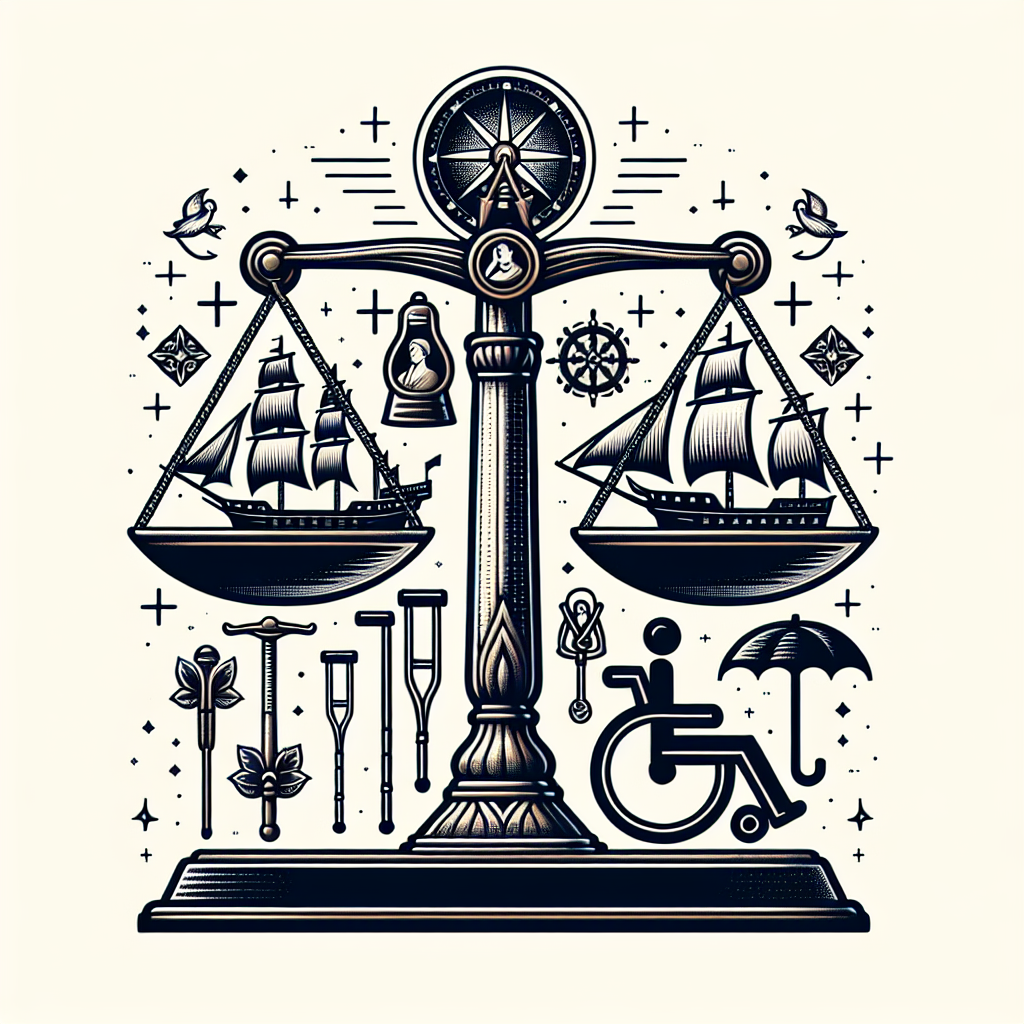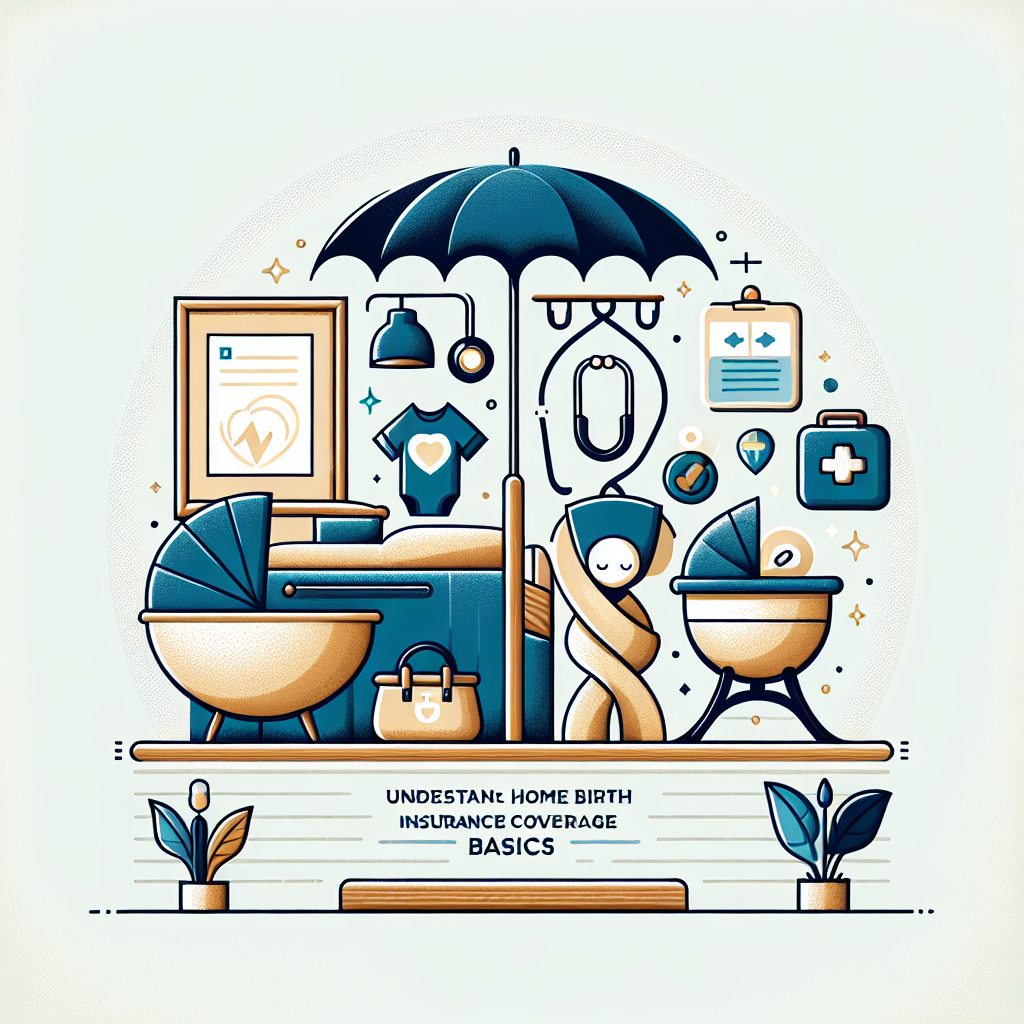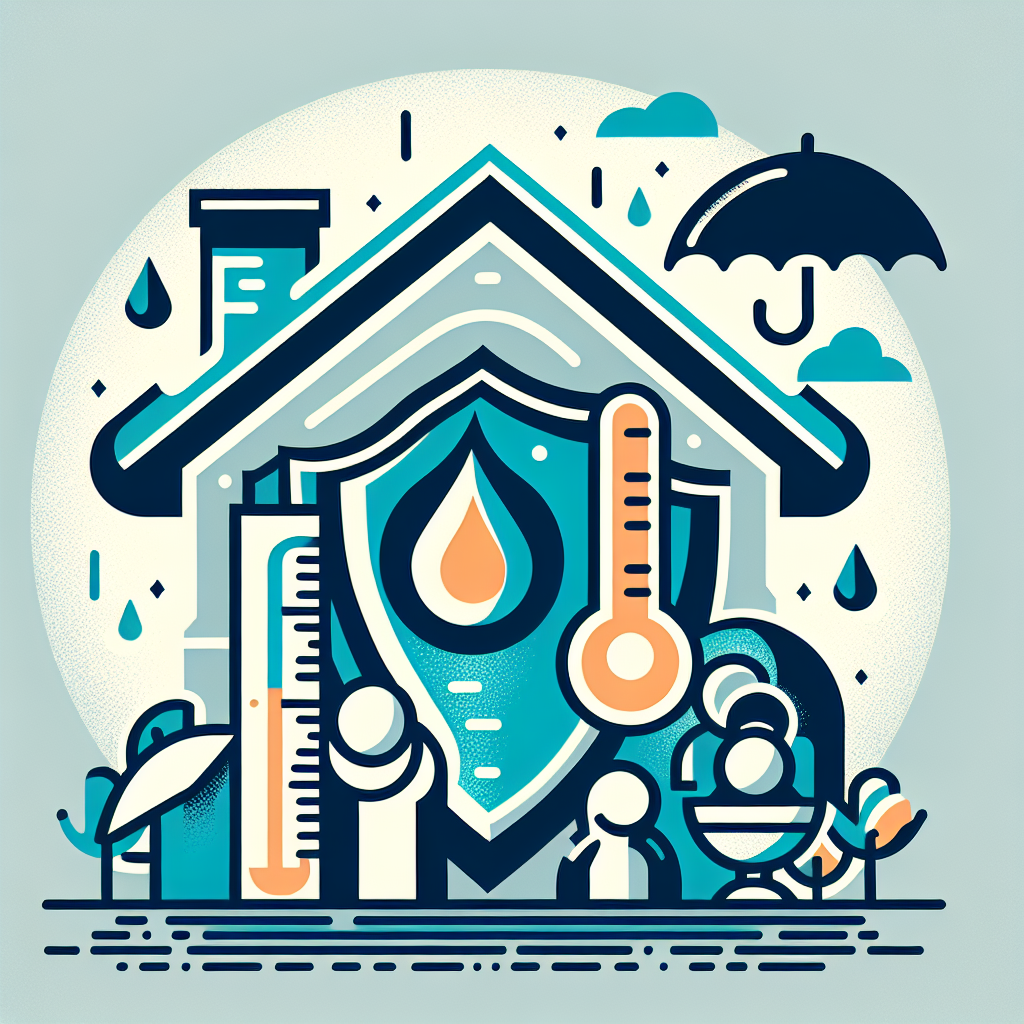Filed under Disability Insurance on
Understanding Personal Disability Income Insurance

When it comes to securing financial stability, few things are as critical as protecting your income. For most, a steady paycheck is the backbone of financial wellbeing, enabling individuals and families to meet daily expenses, save for future goals, and enjoy a comfortable lifestyle. However, what happens if an unexpected injury or illness prevents you from working and earning an income? This is where personal disability income insurance comes into play. By understanding personal disability income insurance, you can make informed decisions that could profoundly impact your financial future.
What is Personal Disability Income Insurance?
Personal disability income insurance, often referred to simply as disability insurance, is a form of financial protection that provides a portion of your income if you become unable to work due to a disability. Unlike Social Security Disability Insurance, which is government-provided and often hard to qualify for, personal disability insurance is typically purchased individually or offered through employers as part of a benefits package.
Disability insurance policies can vary widely in terms of coverage specifics, but they generally insure against injury or illness that prevents employment. This type of coverage is vital for individuals who rely heavily on their income, as it ensures there's a financial safety net in place during unexpected life events.
Short-term vs. Long-term Disability Insurance
There are two main types of personal disability income insurance: short-term and long-term. Each serves a different need and coverage span.
Short-term Disability Insurance
Short-term disability insurance provides income replacement for a brief period, usually from a few weeks up to a year. It often kicks in after a brief waiting period following the onset of a disability. It’s designed to cover temporary issues like recovery from surgery or a relatively short-term illness that results in temporary loss of income. For example, if someone suffers a back injury that requires a few months of recovery, short-term disability insurance would help replace lost wages during that recovery period.
Long-term Disability Insurance
Long-term disability insurance, on the other hand, is designed for more severe or persistent conditions that prevent you from working for an extended period, often years. Long-term plans typically begin once short-term benefits are exhausted, with policies offering coverage that lasts for several years or even until retirement. For instance, if an individual is diagnosed with a debilitating condition like multiple sclerosis, long-term disability insurance would provide a steady income over the years during which the person is unable to work.
Why Do You Need Personal Disability Income Insurance?
The primary reason to invest in personal disability income insurance is to protect against the financial uncertainty that can accompany sudden illness or injury. Without it, individuals may face significant challenges in maintaining their lifestyle, meeting mortgage payments, or covering everyday expenses. Consider a scenario where a family's primary earner cannot work due to an unforeseen disability. The absence of income could lead to financial strain, adding stress during an already challenging time. Disability insurance mitigates this risk by replacing a portion of lost income.
Moreover, disability insurance could be even more crucial for those who are self-employed or who have occupations that do not traditionally offer robust benefits packages. In such cases, relying solely on Social Security benefits may not be feasible due to lengthy qualification processes and stringent criteria. Having personal coverage ensures that you have an additional safety net supporting your financial obligations.
Choosing the Right Policy
When it comes to selecting personal disability income insurance, there are several key factors to consider:
- Coverage Amount: Determine how much of your income you need to replace. Typically, policies cover around 60-80% of your salary.
- Premium Cost: Evaluate what you can afford to pay in monthly premiums. Costs can vary based on age, health, occupation, and coverage specifics.
- Definition of Disability: Understand how your policy defines "disability." Some policies only cover you if you cannot perform any job, while others provide benefits if you are unable to perform your specific occupation.
- Waiting Period: Consider how long you can wait before benefits start. A longer waiting period can reduce your premium costs but requires you to have enough savings to cover the interim period.
- Benefit Period: Decide how long you need protection, whether it’s until a certain age or the length of a particular disability.
For example, Jane, a 35-year-old marketing executive, opted for a policy that covers 70% of her salary with a 90-day waiting period and benefits lasting until the age of 65. She chose this plan based on her current savings and future financial obligations, ensuring that she remained covered in case of long-term disability.
Practical Advice for Securing a Policy
Securing the right personal disability income insurance takes careful planning and consideration. Here are some practical steps to guide you:
- Assess Your Financial Needs: Calculate your current expenses, financial obligations, and savings to determine the income replacement you would need.
- Research Providers: Look into multiple insurance companies to compare offerings, consider reviews, and consult with a financial advisor for recommendations.
- Read the Fine Print: Delve into policy details to understand exceptions, limitations, and riders that might affect your coverage.
- Update Regularly: As your career and family situations change, ensure your policy aligns with your current lifestyle and needs.
By taking these steps, you can rest assured that your personal disability income insurance is tailored to protect your income and lifestyle, providing peace of mind during life's uncertainties.
Real-life Examples
Consider the case of Mark, a software engineer who thought he wouldn’t need disability insurance. A skiing accident left him unable to work for over a year. Thankfully, Mark had a comprehensive long-term disability policy in place, which covered a significant portion of his salary during his recovery. This foresight allowed him and his family to focus on his healing without the burden of financial stress.
Similarly, Susan, a freelance graphic designer, had no employer-provided benefits. Understanding the risks, she secured a short-term disability policy, which came into play when she needed surgery. Her policy covered her expenses during her three-month recuperation, illustrating the importance of such insurance for self-employed individuals.
FAQs
What percentage of my income will be replaced?
Typically, personal disability income insurance covers about 60-80% of your gross income. The exact percentage depends on the policy terms, premiums, and insurance provider.
How long does it take to receive benefits?
The waiting period for receiving benefits can vary from policy to policy, commonly ranging from 30 to 90 days after a disability is diagnosed. It's essential to choose a waiting period that aligns with your financial capabilities and savings.
Can I have both short-term and long-term disability insurance?
Yes, it is possible to have both types of insurance. Many people use short-term policies to cover the initial months of disability while long-term plans provide prolonged protection thereafter.
Are disability benefits taxable?
If your employer pays the insurance premium and does not include it as taxable income, the benefits you receive may be taxable. However, if you pay the premium with after-tax dollars, benefits are generally tax-free.
Is disability insurance only for work-related injuries?
No, personal disability income insurance covers disabilities resulting from both work-related and non-work-related injuries or illnesses. Its purpose is to replace your income regardless of where or how the disability occurs.
By understanding personal disability income insurance, you position yourself to make well-informed decisions that safeguard your financial future against life's unexpected setbacks. Whether you're insured through work or independently, this coverage is a vital component of a comprehensive financial strategy.





